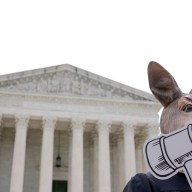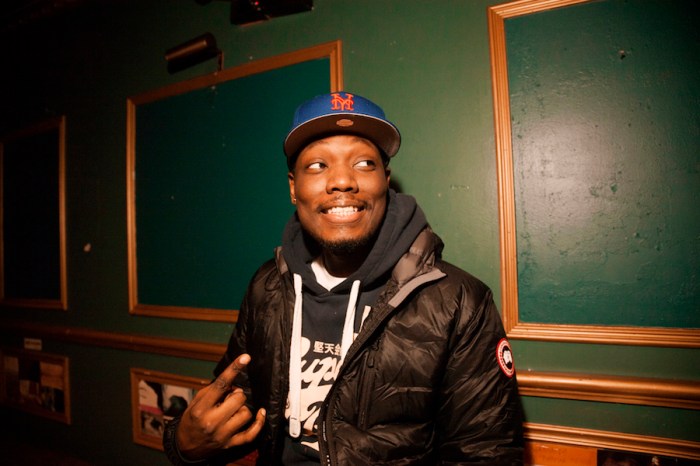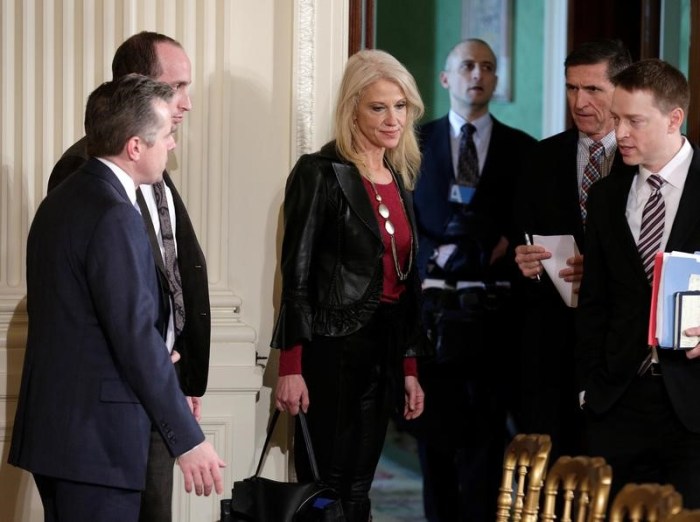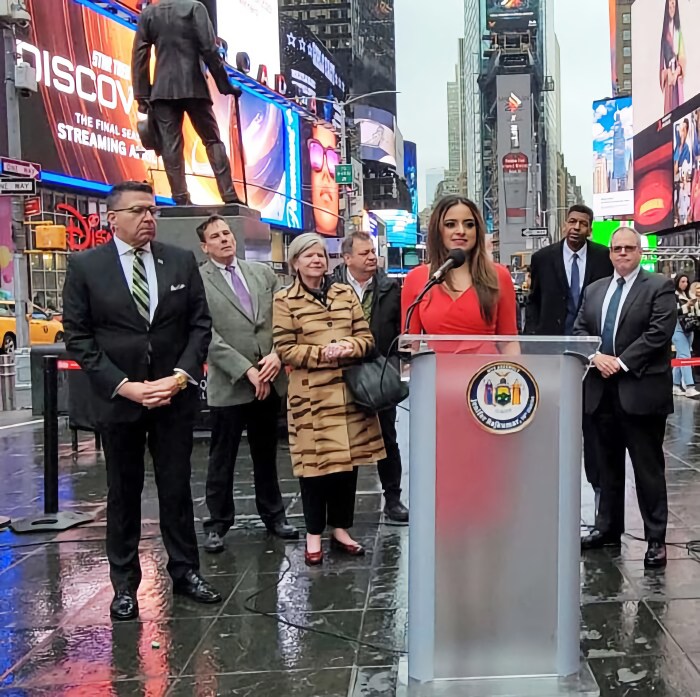Black Americans still lag behind whites in several key areas including income, employment and housing, according to a recent report on equality by a venerable city-based civil rights and urban advocacy organization. Produced by the National Urban League, The State of Black America (SOBA) is an annual report, issued since 1976, which compares inequality and the status of Blacks against Whites and other minorities, across a variety of indicators such as education, jobs and criminal justice. In its report, the NUL tells “an all too familiar story of persistent racial disparities in American life, making clear that the historic Obama presidency has not been a panacea for America’s long-standing race problem.” One of the report’s surprising conclusions is that, overall, poverty rates for both Blacks and Whites are about the same as they were in 1976, said Marc Morial, president and CEO of the NUL.
The report also found that while overall improvements could be seen for both Blacks and whites, the findings continued to tell a clear story of substantial disparities, especially in income and employment. Specific takeaways from the report included that the unemployment rate for Blacks has remained about twice the white rate across time and at every level of education.
In the New York Metro Area, the income gap between Blacks and whites remained unchanged yet significant with white median incomes near $85,000 compared to Black median incomes around $45,000 in 2016. The Metro area with the least income disparity between Blacks and whites in 2016 was Riverside-San Bernardino-Ontario, CA where Black median income was about $46,000 and White median income was about $60,000. Morial also added that one city which stood out, disappointingly, was San Francisco, CA.
“Historically [San Francisco] has been a very progressive city but it also has one of the highest income disparities in the country between Black and white citizens.”
Asked about police/community relations and recent tensions in NYC and across the country, Morial said economics is often a root cause.
“The lack of economic opportunity in many communities is a factor,” Morial said. “Look at the Southside of Chicago, Ferguson and the Black communities of Staten Island and Brooklyn. High unemployment and poverty goes hand-in-hand with over-policing.” However, the SOBA report also showed overall gains have been made since 1976, in areas such as poverty reduction and education. The Black poverty rate is now 2.4 percentage points lower than it was in 1976, down to 27 percent from 29.4 percent. New York Senator Kirsten Gillibrand, who contributed an essay to the SOBA report, noted that real change can only be achieved if people get involved in the political process.
“Later this year, millions of Americans will head to the polls to choose our next President,” Gillibrand wrote. “… A large segment of our population – including a disproportionate part of the African-American community – continues to face many systemic challenges that shouldn’t still exist in the year 2016…Economic inequality, voting rights, gun violence. We should keep all of these challenges in mind as we prepare to vote.” Also in its report, the NUL laid out a comprehensive fix, similar to the Marshall Plan which helped rebuild Europe after World War II, to help remedy the problems of inequality in the country.
The plan calls for a strategic investment in America’s urban communities of about $1 trillion over the next 5 years to address education, home ownership and small business funding, among other critical needs. However, Morial, along with the NUL, say much more remains to be done.
“The benefits of the recovery have not reached the Main Streets of our most troubled communities… As a nation, we must focus our resources and efforts on the neighborhoods where they are most needed.”
Black Americans still trail whites in key areas: National Urban League
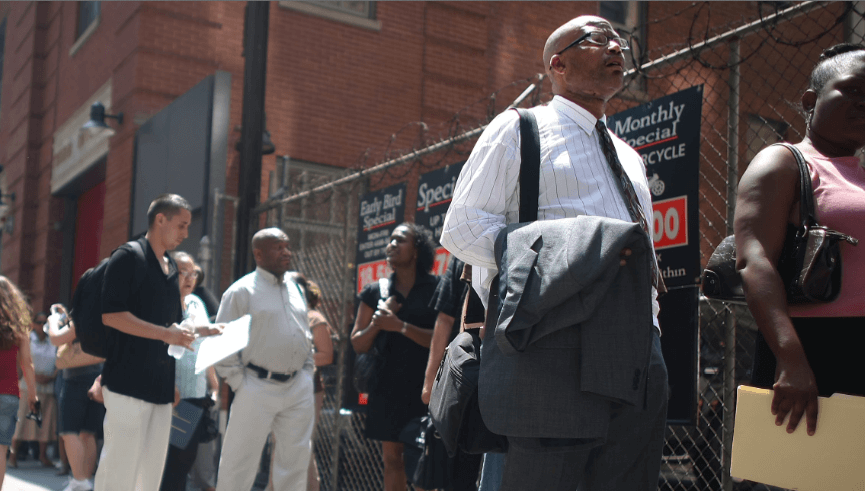
Getty Images







